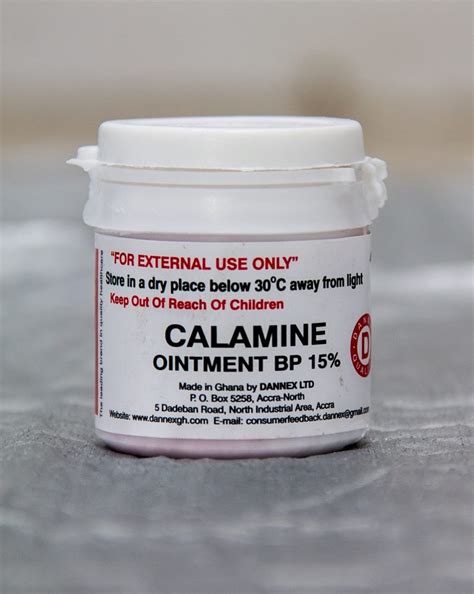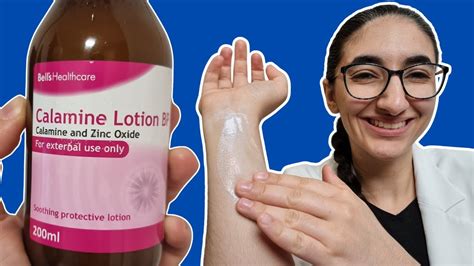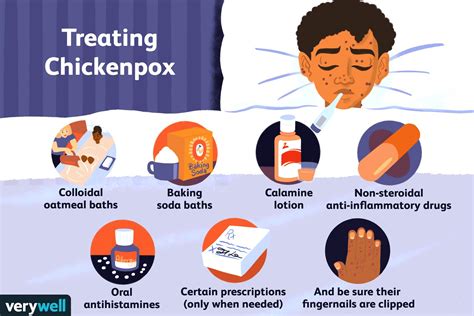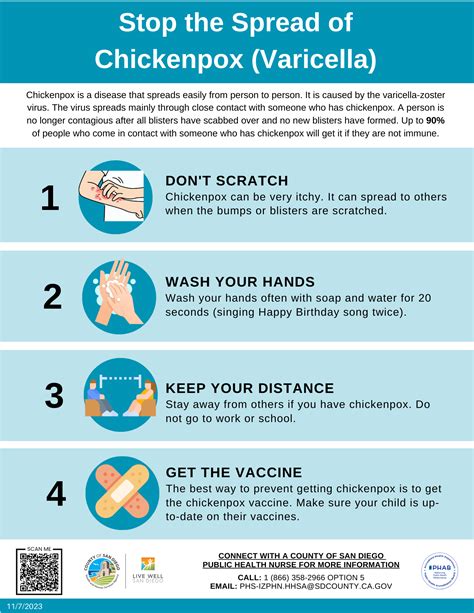Intro
Chickenpox, also known as varicella, is a highly contagious illness caused by the varicella-zoster virus. It is characterized by an itchy, blister-like rash, which can be quite uncomfortable for those affected. While there is no cure for chickenpox, there are several treatments available to help alleviate its symptoms. One such treatment is calamine ointment, a topical cream that has been used for decades to soothe itchy skin and reduce inflammation. In this article, we will delve into the world of calamine ointment and its uses in treating chickenpox.
Chickenpox is a common childhood illness that can affect people of all ages. The virus is spread through the air when an infected person coughs or sneezes, or by touching a rash or other contaminated surface. Once infected, the person will typically develop a fever, headache, and fatigue, followed by the characteristic rash. The rash usually starts on the trunk and spreads to other parts of the body, including the face, arms, and legs. While chickenpox is generally a mild illness, it can be more severe in certain individuals, such as those with weakened immune systems or pregnant women.
The symptoms of chickenpox can be quite uncomfortable, especially the itchy rash. Scratching the rash can lead to further complications, such as infection, scarring, and prolonged healing time. This is where calamine ointment comes in – a topical cream that can help soothe the itchy skin and reduce inflammation. Calamine ointment is a mixture of zinc oxide and iron oxide, which gives it a distinctive pink color. It works by forming a protective barrier on the skin's surface, reducing itching and inflammation, and promoting healing.
What is Calamine Ointment?

Benefits of Calamine Ointment for Chickenpox
The benefits of using calamine ointment for chickenpox are numerous. Some of the advantages include: * Reduces itching and inflammation: Calamine ointment forms a protective barrier on the skin's surface, reducing itching and inflammation, and promoting healing. * Soothes the skin: The anti-inflammatory properties of calamine ointment help to calm the skin, reducing redness and swelling. * Prevents infection: The antiseptic properties of calamine ointment help to prevent infection, which can lead to further complications. * Easy to apply: Calamine ointment is easy to apply and can be used on most areas of the body.How to Use Calamine Ointment for Chickenpox

Precautions and Side Effects
While calamine ointment is generally safe to use, there are some precautions and side effects to be aware of. Some of the precautions include: * Allergic reactions: Some people may be allergic to the ingredients in calamine ointment, so it's essential to do a patch test before using it. * Skin irritation: Calamine ointment can cause skin irritation, such as redness, itching, or burning, in some individuals. * Interactions with other medications: Calamine ointment may interact with other medications, such as antibiotics or antihistamines, so it's essential to consult with a doctor before using it.Other Treatments for Chickenpox

Home Remedies for Chickenpox
In addition to calamine ointment and other medical treatments, there are several home remedies that can help alleviate the symptoms of chickenpox. Some of the home remedies include: * Oatmeal baths: Oatmeal baths can help soothe itchy skin and reduce inflammation. * Cool compresses: Cool compresses can help reduce fever and relieve pain. * Rest and hydration: Getting plenty of rest and staying hydrated can help the body recover from chickenpox.Prevention of Chickenpox

Complications of Chickenpox
While chickenpox is generally a mild illness, it can lead to complications in some individuals. Some of the complications include: * Infection: Bacterial infections, such as strep throat or pneumonia, can occur in individuals with weakened immune systems. * Scarring: Scratching the rash can lead to scarring, which can be permanent. * Encephalitis: Encephalitis, or inflammation of the brain, is a rare but potentially life-threatening complication of chickenpox.What is the best way to treat chickenpox?
+The best way to treat chickenpox is to use a combination of treatments, including calamine ointment, antihistamines, and anti-inflammatory medications. It's also essential to practice good hygiene and get plenty of rest and hydration.
How long does chickenpox last?
+Chickenpox typically lasts for 5-7 days, but the rash can take up to 2 weeks to fully heal.
Can adults get chickenpox?
+Yes, adults can get chickenpox, especially if they have not been vaccinated or have not had the illness before. Chickenpox can be more severe in adults, especially those with weakened immune systems.
If you or a loved one has been affected by chickenpox, we encourage you to share your experiences and tips for managing the symptoms. By working together, we can help reduce the spread of chickenpox and promote healthy habits. Don't forget to like and share this article with your friends and family to help spread awareness about the importance of calamine ointment and other treatments for chickenpox. Let's work together to create a healthier and happier community!
